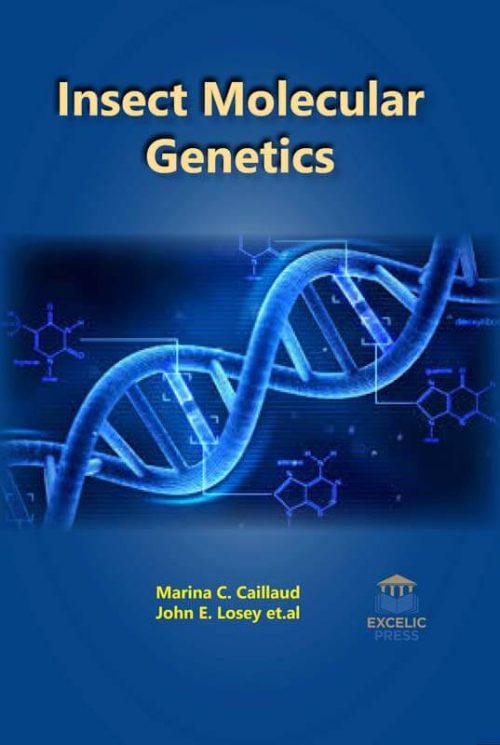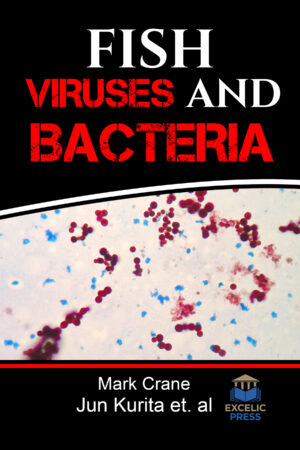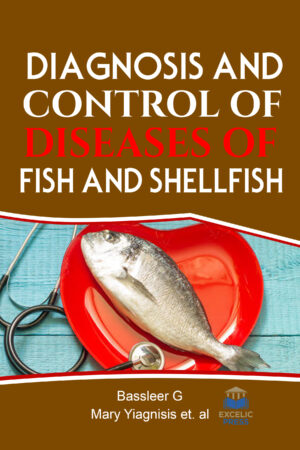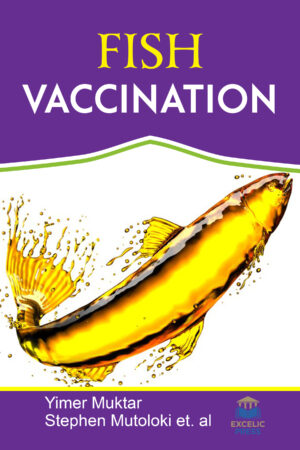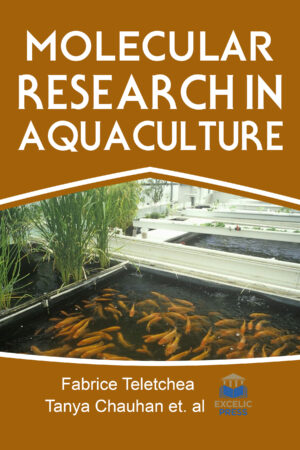Description
Insects contain the major species composition in the whole animal kingdom and hold a vast undiscovered genetic diversity and gene pool that can be better illustrated using molecular marker techniques. Insects are important as of their diversity, ecological role, and impact on agriculture, human health, and natural resources. Molecular genetics deals with the structure and function of genes at a molecular level and thus employs methods of both molecular biology and genetics. Biological control helps reduce the environmental and public hazards of the insecticides used to combat the harmful insects, for example, reduces the danger of impact on the water quality of the area. Controlling diseases through control of vector populations can be quantitative or qualitative. Quantitative control means reducing the number of vectors, qualitative control means genetically changing vectors to be less dangerous to humans. The standing genetic variation in vector populations plays a big role in determining the effectiveness of both approaches.
This book discusses recent contributions focusing on insect molecular genetics written by eminent experts in their respective fields. This book describes and evaluates studies in this field and discusses the investigations including genetic and molecular approaches used on other insect species. The genetic basis of color polymorphism is explored in the pea aphid, Acyrthosiphon pisum (Harris) (Homoptera: Sternorrhyncha), in which two color morphs have been described (pink or green). Color polymorphisms provide some of the best-characterized examples of functionally and ecologically important polymorphisms. In many animal taxa, color polymorphism differentially affects the fitness of individuals in a species. Some color morphs may, for instance, be more cryptic than others and therefore harder for predators to locate visually. Molecular cloning and expression of three polygalacturonase cDNAs from the tarnished plant bug, Lygus lineolaris. Molecular genetic markers reveal differences between genotypes according to the presence of alleles (the same or different) at target loci. Further, the book presents a study aims to develop molecular markers for bethylid wasps so that these markers could subsequently be utilized in evolutionary ecology as well as in applied agricultural research. In general, the percentage of amplified loci decreases with increasing genetic distance between the species tested, making such markers most suitable for closely-related species, such as congeners. Since there are well over 100 described species of Goniozus, such markers have considerable potential in many diverse studies, both pure and applied, on this genus of parasitoids.
The book also reports on the molecular cloning and expression profile of H. hippophagous ortholog of one Halloween gene, CYP307A1 (spo), which is predicted as an enzyme acting in the black box uncharacterized conversion steps.
Ecdysteroids play a pivotal role in development, growth, molt, and in the control of reproduction in the adult stage. EcR belongs to a molecular target of the ecdysteroids in arthropods, usually, ecdysteroids play roles through EcR. The expression of the whole body and gonad at the different development stages of TeEcR but different levels was detected in this book.
This book will appeal for invertebrate physiologists, entomologists, neurobiologists, zoologists, and insect chemists.

